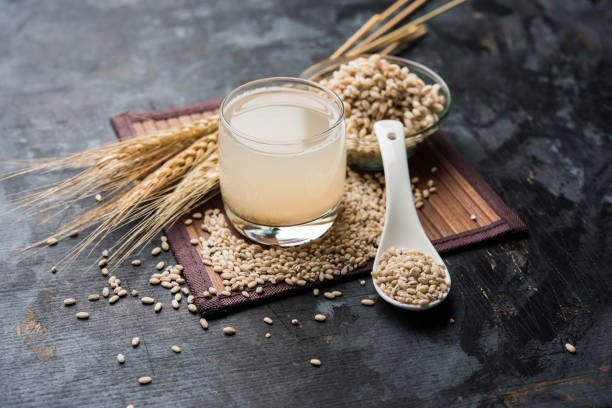In today’s health-conscious world, the spotlight is often on superfoods and ancient grains that offer a multitude of health benefits. Millets, a diverse group of small-seeded grasses, have recently gained recognition for their remarkable nutritional profile and sustainable qualities. In this blog post, we will embark on a journey to discover the common types of millets, their unique benefits, and the scientific research that supports their inclusion in a healthy diet.
Pearl Millet (Bajra):

Pearl millet, also known as Bajra, is one of the most widely cultivated millet varieties. It is a rich source of dietary fiber, protein, and essential minerals such as iron, magnesium, and phosphorus. Bajra is highly valued for its potential to improve digestion, regulate blood sugar levels, and support heart health. Studies have shown that regular consumption of pearl millet can help manage diabetes, reduce the risk of cardiovascular diseases, and promote weight management.
Finger Millet (Ragi):

Finger millet, or Ragi, has gained popularity as a nutritional powerhouse. It is a gluten-free grain packed with essential amino acids, iron, calcium, and antioxidants. Ragi is known for its ability to promote healthy bones, aid in digestion, and regulate blood sugar levels. This millet is especially beneficial for individuals with iron deficiency anemia and those seeking to enhance their bone health. Research suggests that Ragi consumption may help combat malnutrition, prevent oxidative stress, and improve cognitive function.
Foxtail Millet:

Foxtail millet is a versatile grain that has been cultivated for centuries. It is low in calories and high in dietary fiber, making it an excellent choice for weight management. Foxtail millet is also a good source of B-vitamins, magnesium, and antioxidants. Regular consumption of this millet has been linked to improved digestion, reduced risk of cardiovascular diseases, and enhanced brain health. Additionally, its gluten-free nature makes it suitable for individuals with gluten intolerance or celiac disease.
Sorghum (Jowar):

Sorghum, commonly known as Jowar, is a millet variety that has gained recognition for its nutritional value. It is rich in dietary fiber, protein, antioxidants, and important minerals like phosphorus and potassium. Jowar consumption has been associated with various health benefits, including improved digestive health, reduced risk of diabetes and obesity, and better cardiovascular health. It is also known to support bone health and contribute to a balanced diet.
Barley (Jau):

Barley is a versatile cereal grain that is often grouped with millets due to its similar nutritional qualities. It is a great source of dietary fiber, vitamins, minerals, and antioxidants. Barley consumption has been linked to numerous health benefits, including improved digestion, reduced cholesterol levels, and better heart health. It also possesses anti-inflammatory properties and may contribute to weight management. Barley is commonly used in soups, stews, and salads, adding a nutty flavor and a hearty texture to dishes.
References:
Chandrasekara, A., & Shahidi, F. (2011). Content of insoluble-bound phenolics in millets and their contribution to antioxidant capacity. Journal of Agricultural and Food Chemistry, 59(16), 6706-6714.
Hithamani, G., et al. (2020). Finger Millet (Eleusine coracana L.) for Nutritional Security and Beyond: A Review. Frontiers in Nutrition, 7, 92.
Shobana, S., et al. (2017). Finger millet (Ragi, Eleusine coracana L.): A review of its nutritional properties, processing, and plausible health benefits. Advances in Food and Nutrition Research, 81, 1-39.
Anitha, R. G., & Palaniswamy, D. (2019). A Review on Millet Grains with Its Nutritional Aspects. International Journal of Current Microbiology and Applied Sciences, 8(12), 119-129.
Saleh, A. S. M., et al. (2013). Barley: An Overview of Potential Health Benefits. Food Reviews International, 29(2), 140-152.
